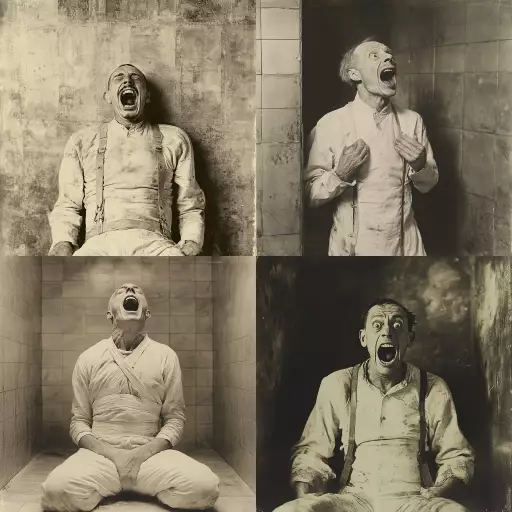Explore the Best AI Image Gallery

Beyond the Brush: How AI-Generated Visual Content is Transforming Creativity
The world of art and design is undergoing a seismic shift, fueled by the emergence of artificial intelligence (AI) and its ability to generate stunning visual content. From paintings that mimic masters to photographs that defy reality, AI-powered tools are blurring the lines between human and machine creativity, raising both excitement and apprehension about the future of the creative industry.
A Palette of Possibilities: Applications of AI-Generated Visual Content
The potential applications of AI-generated visual content are vast and rapidly evolving. In the realm of advertising and marketing, brands can leverage AI to create personalized visuals that resonate with specific target audiences. Artists and designers can utilize AI as a powerful tool to explore new concepts, generate unique textures and patterns, and overcome creative blocks.
- Personalized Marketing: AI algorithms can analyze consumer data to generate tailored visual content that caters to individual preferences, enhancing engagement and conversion rates.
- Concept Exploration: Artists and designers can use AI to rapidly iterate through different design options, experimenting with various styles, colors, and compositions.
- Content Creation Efficiency: AI-powered tools can automate repetitive tasks such as generating stock images or creating visual assets for social media, freeing up time for more creative endeavors.
Ethical Considerations: Navigating the Uncharted Waters
As with any powerful technology, the use of AI-generated visual content raises important ethical considerations. One key concern is the potential for misuse, such as creating deepfakes – realistic but fabricated images or videos that can be used for malicious purposes.
- Authenticity and Transparency: It is crucial to establish clear guidelines and standards regarding the use of AI-generated content to ensure transparency and prevent deception.
- Copyright and Ownership: Questions arise regarding the ownership of AI-generated art, as the creative process involves both human input and algorithmic output.
- Bias and Representation: AI algorithms are trained on vast datasets, which may contain biases that reflect societal stereotypes. It is essential to address these biases to ensure that AI-generated content is inclusive and representative.
The Future of Creativity: A Collaborative Landscape
Looking ahead, the creative landscape will likely become increasingly intertwined with AI. Instead of replacing human creativity, AI is more likely to serve as a powerful tool that augments and enhances our abilities. Artists and designers will need to adapt to this evolving paradigm, embracing new technologies while honing their own unique skills.
- Human-AI Collaboration: The future of creativity may lie in a symbiotic relationship between humans and AI, where each partner leverages its strengths to produce innovative and compelling results.
- Evolving Skillsets: Creative professionals will need to develop new skills in areas such as AI programming, data analysis, and understanding the ethical implications of AI-generated content.
- Democratization of Creativity: AI tools have the potential to empower individuals with limited resources or training to express their creativity and participate in the creative process.